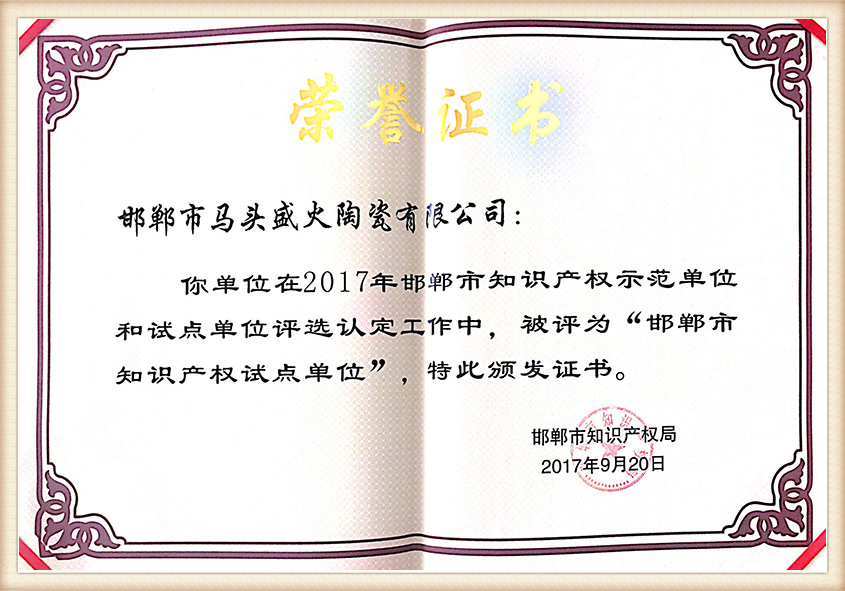 **Conditioning** After contaminants are removed, the sand may require conditioning to restore its original properties **Conditioning** After contaminants are removed, the sand may require conditioning to restore its original properties
**Conditioning** After contaminants are removed, the sand may require conditioning to restore its original properties **Conditioning** After contaminants are removed, the sand may require conditioning to restore its original properties foundry sand recycling. This can involve thermal reactivation to burn off organic binders or adding new binder materials to enhance moldability.
3. **Testing and Quality Control** The recycled sand undergoes rigorous testing to ensure it meets industry standards for grain size distribution, purity, and strength. This is crucial to maintain the quality of castings produced using the recycled sand.
4. **Reuse or Repurposing** Upon meeting quality standards, the sand is either reused within the foundry or repurposed for applications such as road construction, land reclamation, or even as a component in concrete production.
**Challenges and Innovations**
While the benefits of foundry sand recycling are evident, challenges persist. Contaminant removal efficiency, maintaining sand quality over multiple recycling cycles, and the economic feasibility of advanced recycling technologies are among the primary concerns. However, advancements in separation technologies, development of more eco-friendly binders, and the integration of circular economy principles into foundry operations are steadily overcoming these obstacles.
**Conclusion**
Foundry sand recycling stands as a beacon of sustainability in the metal casting industry. It not only contributes to resource conservation and environmental protection but also drives innovation and efficiency within foundries. As the world increasingly prioritizes green manufacturing and circular economy models, the adoption and optimization of foundry sand recycling processes will be pivotal in shaping a more sustainable future for industrial production. By embracing recycling practices, foundries can reduce their ecological footprint, enhance operational efficiency, and demonstrate corporate responsibility towards a cleaner, greener tomorrow.
Post time:Jun . 25, 2024 02:09
foundry sand recycling. This can involve thermal reactivation to burn off organic binders or adding new binder materials to enhance moldability.
3. **Testing and Quality Control** The recycled sand undergoes rigorous testing to ensure it meets industry standards for grain size distribution, purity, and strength. This is crucial to maintain the quality of castings produced using the recycled sand.
4. **Reuse or Repurposing** Upon meeting quality standards, the sand is either reused within the foundry or repurposed for applications such as road construction, land reclamation, or even as a component in concrete production.
**Challenges and Innovations**
While the benefits of foundry sand recycling are evident, challenges persist. Contaminant removal efficiency, maintaining sand quality over multiple recycling cycles, and the economic feasibility of advanced recycling technologies are among the primary concerns. However, advancements in separation technologies, development of more eco-friendly binders, and the integration of circular economy principles into foundry operations are steadily overcoming these obstacles.
**Conclusion**
Foundry sand recycling stands as a beacon of sustainability in the metal casting industry. It not only contributes to resource conservation and environmental protection but also drives innovation and efficiency within foundries. As the world increasingly prioritizes green manufacturing and circular economy models, the adoption and optimization of foundry sand recycling processes will be pivotal in shaping a more sustainable future for industrial production. By embracing recycling practices, foundries can reduce their ecological footprint, enhance operational efficiency, and demonstrate corporate responsibility towards a cleaner, greener tomorrow.
Post time:Jun . 25, 2024 02:09
Next:Refining Resin Surfaces Techniques for Sanding and Polishing
